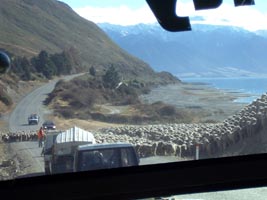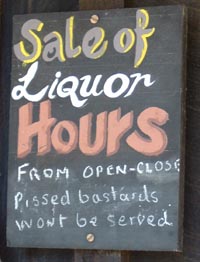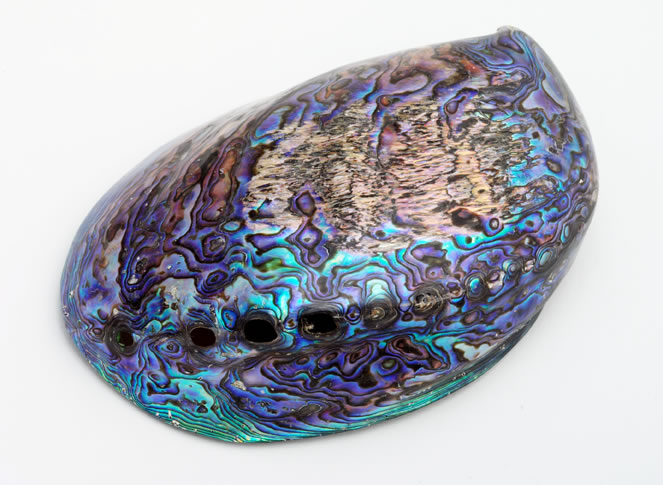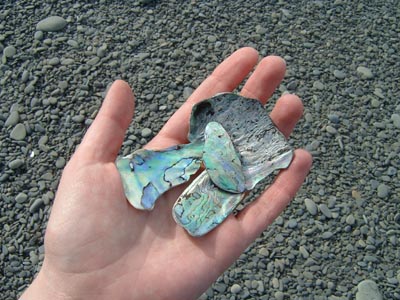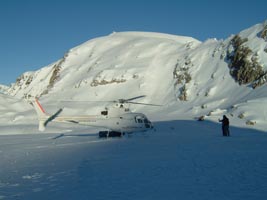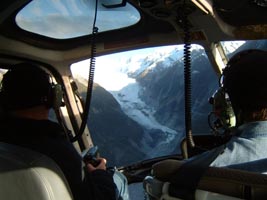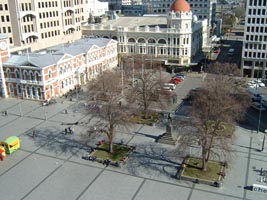Somewhere, over the glacier... I arrived in Franz Joseph in the late afternoon. As you may recall, Selina and I had contemplated doing a helicopter flight last time we were here, but the weather had been against us. Without much hope, I asked the receptionist at the backpackers if there were any flights so late in the day, and lo and behold - within fifteen minutes of arriving in town, I was walking to the helipad, and ten minutes later, we were in the air.
Everyone should have a helicopter on standby, for when they are feeling low. It is the most funnest thing I've done for ages. We (me and two Aussie guys I'd never seen before) flew up through the glacier valley, past thickly forested hillsides, to land on the snow high above. It was exhilarating and beautiful beyond words, the setting sun colouring the slopes pink and gold. We threw a few snowballs and ran around for a few minutes, before climbing back aboard to be taken down over the glacier proper, the helicopter swinging in great zig-zagging banks close above the immense, deep-blue cracks in the ancient ice. As we headed back down to the helipad, we could see the river, burnished and gleaming in the sun, snaking its way across the plains all the way to the sea. It was the perfect ending to a long day's travel, and an unforgettable experience. As toys go, helicopters are pretty awesome - I can't wait to do it again. |
